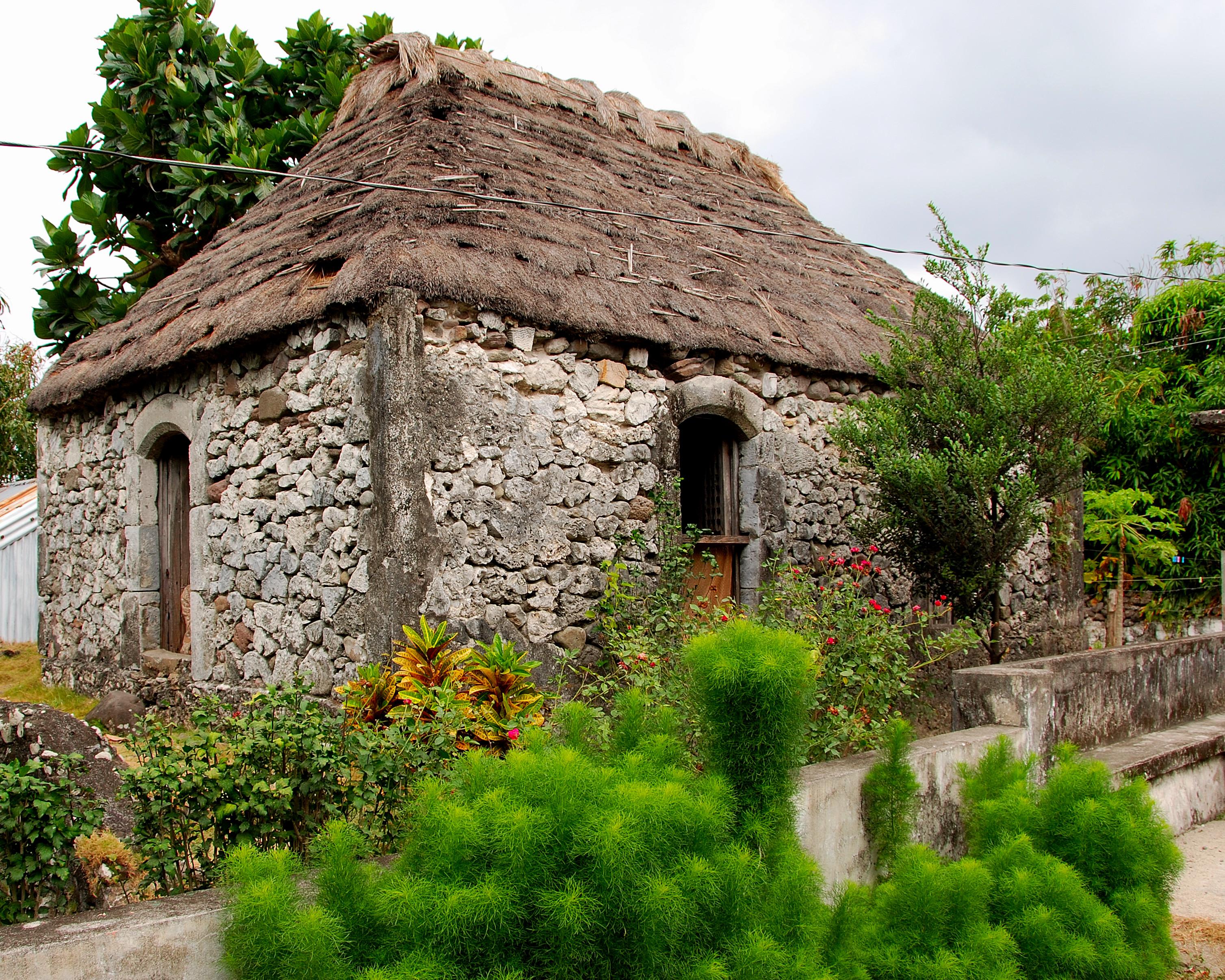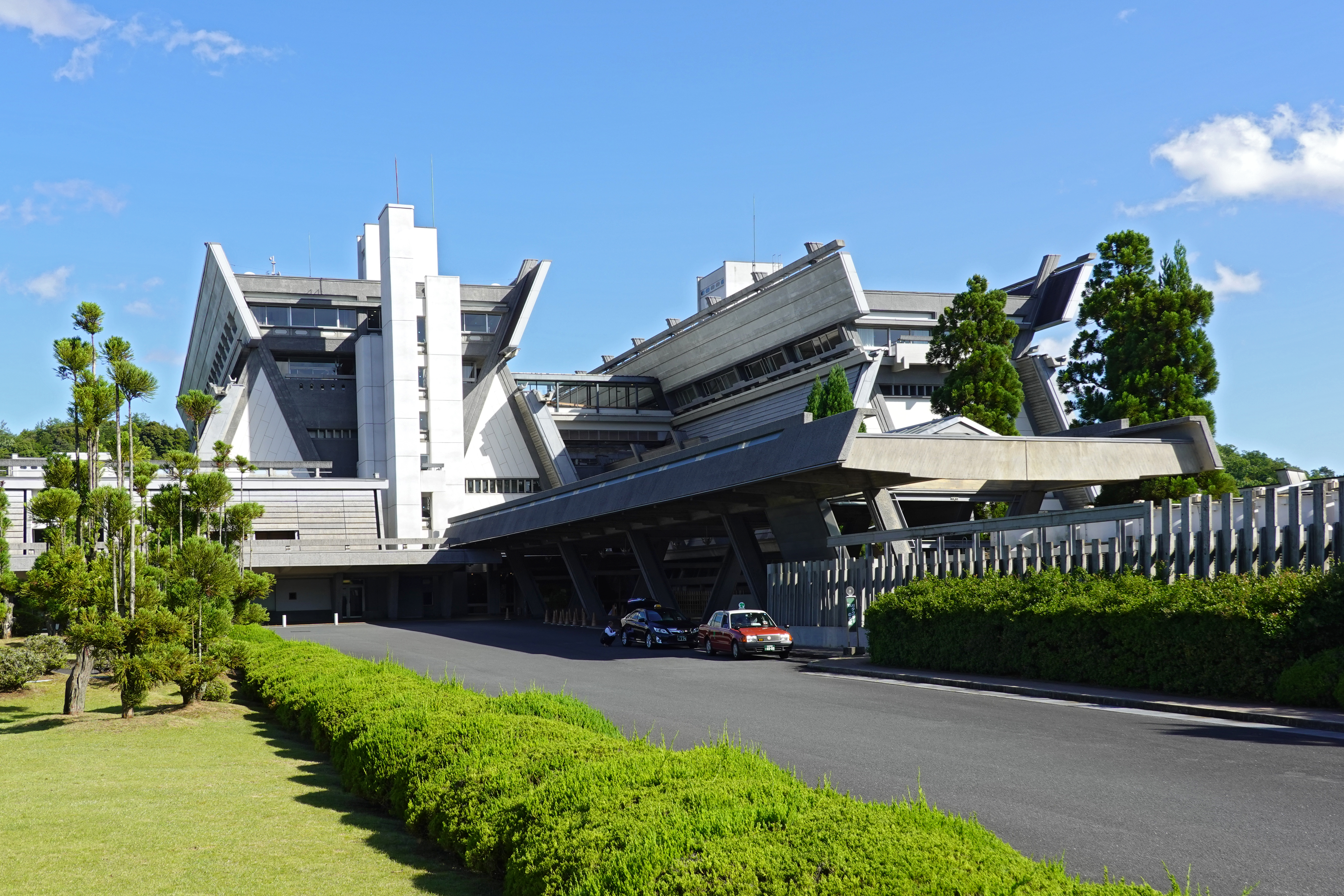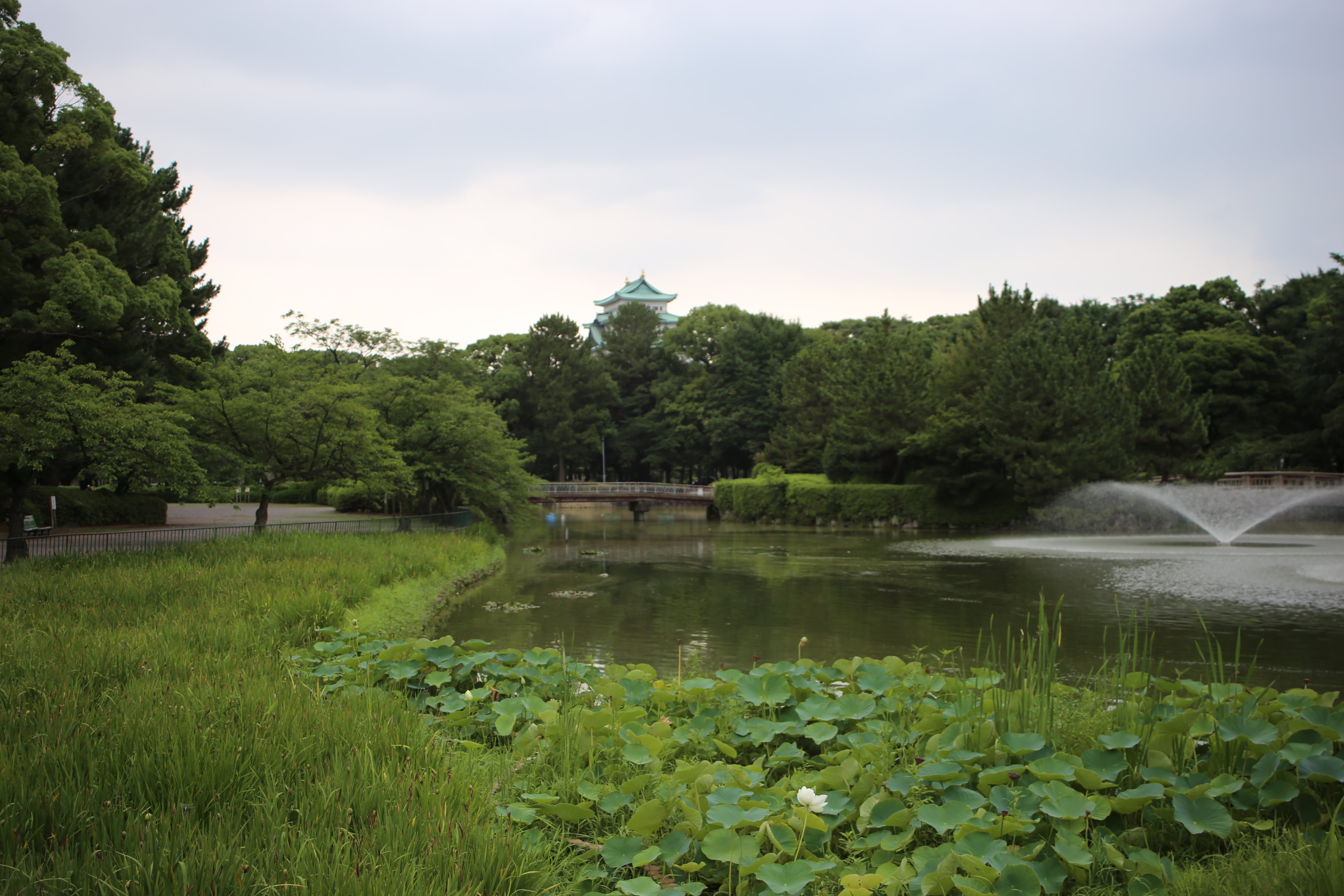|
Ship Burials
A ship burial or boat grave is a burial in which a ship or boat is used either as the tomb for the dead and the grave goods, or as a part of the grave goods itself. If the ship is very small, it is called a boat grave. This style of burial was practiced by various seafaring cultures in Asia and Europe. Notable ship burial practices include those by the Germanic peoples, particularly by Viking Age Norsemen, as well as the pre-colonial ship burials described in the Boxer Codex (c. 15th century) in the Philippines. Asia-Pacific China The extinct Bo people of China's Sichuan and Yunnan provinces are known for their hanging coffins. The ancestors of the Bo people were instrumental in helping the Western Zhou overthrow the ruling Yin at the end of the Shang dynasty. Apart from this, the Bo people differed from other ethnic minorities in China through their burial traditions. Instead of the more common burial on the ground, the coffins of the Bo people were found hanging on cliff ... [...More Info...] [...Related Items...] OR: [Wikipedia] [Google] [Baidu] |
Burial
Burial, also known as interment or inhumation, is a method of final disposition whereby a dead body is placed into the ground, sometimes with objects. This is usually accomplished by excavating a pit or trench, placing the deceased and objects in it, and covering it over. A funeral is a ceremony that accompanies the final disposition. Evidence suggests that some archaic and early modern humans buried their dead. Burial is often seen as indicating respect for the dead. It has been used to prevent the odor of decay, to give family members closure and prevent them from witnessing the decomposition of their loved ones, and in many cultures it has been seen as a necessary step for the deceased to enter the afterlife or to give back to the cycle of life. Methods of burial may be heavily ritualized and can include natural burial (sometimes called "green burial"); embalming or mummification; and the use of containers for the dead, such as shrouds, coffins, grave liners, an ... [...More Info...] [...Related Items...] OR: [Wikipedia] [Google] [Baidu] |
Ming Dynasty
The Ming dynasty, officially the Great Ming, was an Dynasties of China, imperial dynasty of China that ruled from 1368 to 1644, following the collapse of the Mongol Empire, Mongol-led Yuan dynasty. The Ming was the last imperial dynasty of China ruled by the Han people, the majority ethnic group in China. Although the primary capital of Beijing fell in 1644 to a rebellion led by Li Zicheng (who established the short-lived Shun dynasty), numerous rump state, rump regimes ruled by remnants of the House of Zhu, Ming imperial family, collectively called the Southern Ming, survived until 1662. The Ming dynasty's founder, the Hongwu Emperor (1368–1398), attempted to create a society of self-sufficient rural communities ordered in a rigid, immobile system that would guarantee and support a permanent class of soldiers for his dynasty: the empire's standing army exceeded one million troops and the naval history of China, navy's dockyards in Nanjing were the largest in the world. H ... [...More Info...] [...Related Items...] OR: [Wikipedia] [Google] [Baidu] |
Batanes
Batanes, officially the Province of Batanes (; Ilocano: ''Probinsia ti Batanes''; , ), is an archipelagic province in the Philippines, administratively part of the Cagayan Valley region. It is the northernmost province in the Philippines, and the smallest, both in population and land area. The capital is Basco, located on the island of Batan, and is also the most populous municipality in the province. The island group is located approximately north of the Luzon mainland and about south of Taiwan ( Pingtung County). Batanes is separated from the Babuyan Islands of Cagayan Province by the Balintang Channel, and from Taiwan by the Bashi Channel. Etymology The name ''Batanes'' is a Hispanicized plural form derived from the Ivatan endonym ''Batan''. History Early history The ancestors of today's Ivatans descended from Austronesians who migrated to the islands 4,000 years ago during the Neolithic period. They lived in fortified mountain areas called '' idjangs'' and ... [...More Info...] [...Related Items...] OR: [Wikipedia] [Google] [Baidu] |
Planks Of A Butuan Balangay In The Butuan National Museum
A plank is timber that is flat, elongated, and rectangular with parallel faces that are higher and longer than wide. Used primarily in carpentry, planks are critical in the construction of ships, houses, bridges, and many other structures. Planks also serve as supports to form shelves and tables. Usually made from timber, sawed so that the grain runs along the length, planks are usually more than thick, and are generally wider than . Planks are often used as a work surface on elevated scaffolding, and need to be thick enough to provide strength without breaking when walked on. In the United States, planks can be any length and are generally a minimum of 2×8 (), but planks that are 2×10 () and 2×12 () are more commonly stocked by lumber retailers. Timber is categorized as a board if its width is less than , and its thickness is less than . In Germany, the national norm (DIN 68252) stipulates that the thickness of a plank (termed ''Bohle)'' must be 40 mm minimum. A pla ... [...More Info...] [...Related Items...] OR: [Wikipedia] [Google] [Baidu] |
Kofun Period
The is an era in the history of Japan from about 300 to 538 AD (the date of the introduction of Buddhism), following the Yayoi period. The Kofun and the subsequent Asuka periods are sometimes collectively called the Yamato period. This period is the earliest era of recorded history in Japan, but studies depend heavily on archaeology since the chronology of historical sources tends to be distorted. ''Kofun'' is Japanese for the type of tumulus, burial mound dating from this era. It was a period of cultural import. Continuing from the Yayoi period, the Kofun period is characterized by influence from China and the Korean Peninsula; archaeologists consider it a shared culture across the southern Korean Peninsula, Kyūshū and Honshū. On the other hand, the most prosperous keyhole-shaped burial mounds in Japan during this period were approximately 5,000 in Japan from the middle of the 3rd century in the Yayoi period to the 7th century in the Asuka period, and many of them had huge tom ... [...More Info...] [...Related Items...] OR: [Wikipedia] [Google] [Baidu] |
Haniwa
The are terracotta clay figures that were made for ritual use and buried with the dead as funerary objects during the Kofun period (3rd to 6th centuries AD) of the history of Japan. ''Haniwa'' were created according to the ''wazumi'' technique, in which mounds of coiled clay were built up to shape the figure, layer by layer. ''Haniwa'' can also refer to offering cylinders, not the clay sculptures on top of them as well as the "wooden haniwa" found in Kofun tumulus, tumuli. Terracotta ''Haniwa'' were made with water-based clay and dried into a coarse and absorbent material that stood the test of time. Their name means "circle of clay", referring to how they were arranged in a circle above the tomb. The protruding parts of the figures were made separately and then attached, while a few things were carved into them. They were smoothed out by a wooden paddle. Terraces were arranged to place them with a cylindrical base into the ground, where the earth would hold them in place. Dur ... [...More Info...] [...Related Items...] OR: [Wikipedia] [Google] [Baidu] |
Cobalt Blue Glass
Cobalt glass—known as "smalt" when ground as a pigment—is a deep blue coloured glass prepared by including a cobalt compound, typically cobalt oxide or cobalt carbonate, in a glass melt. Cobalt is a very intense colouring agent and very little is required to show a noticeable amount of colour. Cobalt glass plates are used as an optical filter in flame tests to filter out the undesired strong yellow light emitted by traces of sodium, and expand the ability to see violet and blue hues, similar to didymium glass. However, didymium glasses are superior for this purpose as it absorbs less light other than the Sodium D lines. Specialty tasting glasses made of cobalt glass are used by professional olive oil tasters to disguise the color of the oil being assessed to avoid bias in judging. Moderately ground cobalt glass (potassium cobalt silicate)—called "smalt"—has been historically important as a pigment in glassmaking, painting, pottery, for surface decoration of other ty ... [...More Info...] [...Related Items...] OR: [Wikipedia] [Google] [Baidu] |
Yayoi Period
The Yayoi period (弥生時代, ''Yayoi jidai'') (c. 300 BC – 300 AD) is one of the major historical periods of the Japanese archipelago. It is generally defined as the era between the beginning of food production in Japan and the emergence of keyhole-shaped burial mounds (前方後円墳, ''zenpō-kōen-fun''). Chronologically, it spans from around the 10th century BCE or 9th–8th century BCE to the mid-3rd century CE. Following the Jōmon period, which was characterized by a hunter-gatherer economy, the Yayoi period marked the transition to a productive economy based on wet-rice agriculture. In the latter half of the late Yayoi period (around the 1st century CE), large regional powers emerged throughout western Japan, including the Tokai and Hokuriku regions. By the end of the 2nd century, the political entity known as Wa-koku (倭国) had formed. It is generally considered that the Yayoi period transitioned into the Kofun period around the mid-3rd century, although the ... [...More Info...] [...Related Items...] OR: [Wikipedia] [Google] [Baidu] |
Kyoto
Kyoto ( or ; Japanese language, Japanese: , ''Kyōto'' ), officially , is the capital city of Kyoto Prefecture in the Kansai region of Japan's largest and most populous island of Honshu. , the city had a population of 1.46 million, making it the List of cities in Japan, ninth-most populous city in Japan. More than half (56.8%) of Kyoto Prefecture's population resides in the city. The city is the cultural anchor of the substantially larger Greater Kyoto, a metropolitan statistical area (MSA) home to a census-estimated 3.8 million people. It is also part of the even larger Keihanshin, Keihanshin metropolitan area, along with Osaka and Kobe. Kyoto is one of the oldest municipalities in Japan, having been chosen in 794 as the new seat of Japan's imperial court by Emperor Kanmu. The original city, named Heian-kyō, was arranged in accordance with traditional Chinese feng shui following the model of the ancient Chinese capitals of Chang'an and Luoyang. The emperors of Japan ruled fro ... [...More Info...] [...Related Items...] OR: [Wikipedia] [Google] [Baidu] |
Nagoya
is the largest city in the Chūbu region of Japan. It is the list of cities in Japan, fourth-most populous city in Japan, with a population of 2.3million in 2020, and the principal city of the Chūkyō metropolitan area, which is the List of metropolitan areas in Japan, third-most populous metropolitan area in Japan with a population of 10.11million. Located on the Pacific Ocean, Pacific coast in central Honshu, it is the capital and most populous city of Aichi Prefecture, with the Port of Nagoya being Japan's largest seaport. In 1610, the warlord Tokugawa Ieyasu, a retainer of Oda Nobunaga, moved the capital of Owari Province from Kiyosu to Nagoya. This period saw the renovation of Nagoya Castle. The arrival of the 20th century brought a convergence of economic factors that fueled rapid growth in Nagoya during the Meiji Restoration, and it became a major industrial hub for Japan. The traditional manufactures of timepieces, bicycles, and sewing machines were followed by the p ... [...More Info...] [...Related Items...] OR: [Wikipedia] [Google] [Baidu] |
Kita-ku, Nagoya
is one of the 16 Wards of Japan, wards of the city of Nagoya in Aichi Prefecture, Japan. As of 1 October 2019, the ward had an estimated population of 163,555 and a population density of 9,330 persons per km2. The total area was 17.53 km2. Geography Kita Ward is the north of the center of the city of Nagoya. Surrounding municipalities *Nishi-ku, Nagoya, Nishi Ward *Moriyama-ku, Nagoya, Moriyama Ward *Naka-ku, Nagoya, Naka Ward *Higashi-ku, Nagoya, Higashi Ward *Kasugai, Aichi, Kasugai *Kitanagoya, Aichi, Kitanagoya *Toyoyama, Aichi, Toyoyama History Kita Ward was founded in 1944. Its area was expanded in 1946 with an addition from Higashi-ku, Nagoya, Higashi-ku and again in 1951 with an addition from Naka-ku, Nagoya, Naka-ku. In 1955, the village of Kusunoki, formerly part of Nishikasugai District, Aichi, Nishikasugai District was annexed by Nagoya city, and joined to Kita Ward. File:Kitashimizu Shinsuihiroba 20121220.JPG, Hori River (Nagoya), Hori River Economy Kita War ... [...More Info...] [...Related Items...] OR: [Wikipedia] [Google] [Baidu] |










